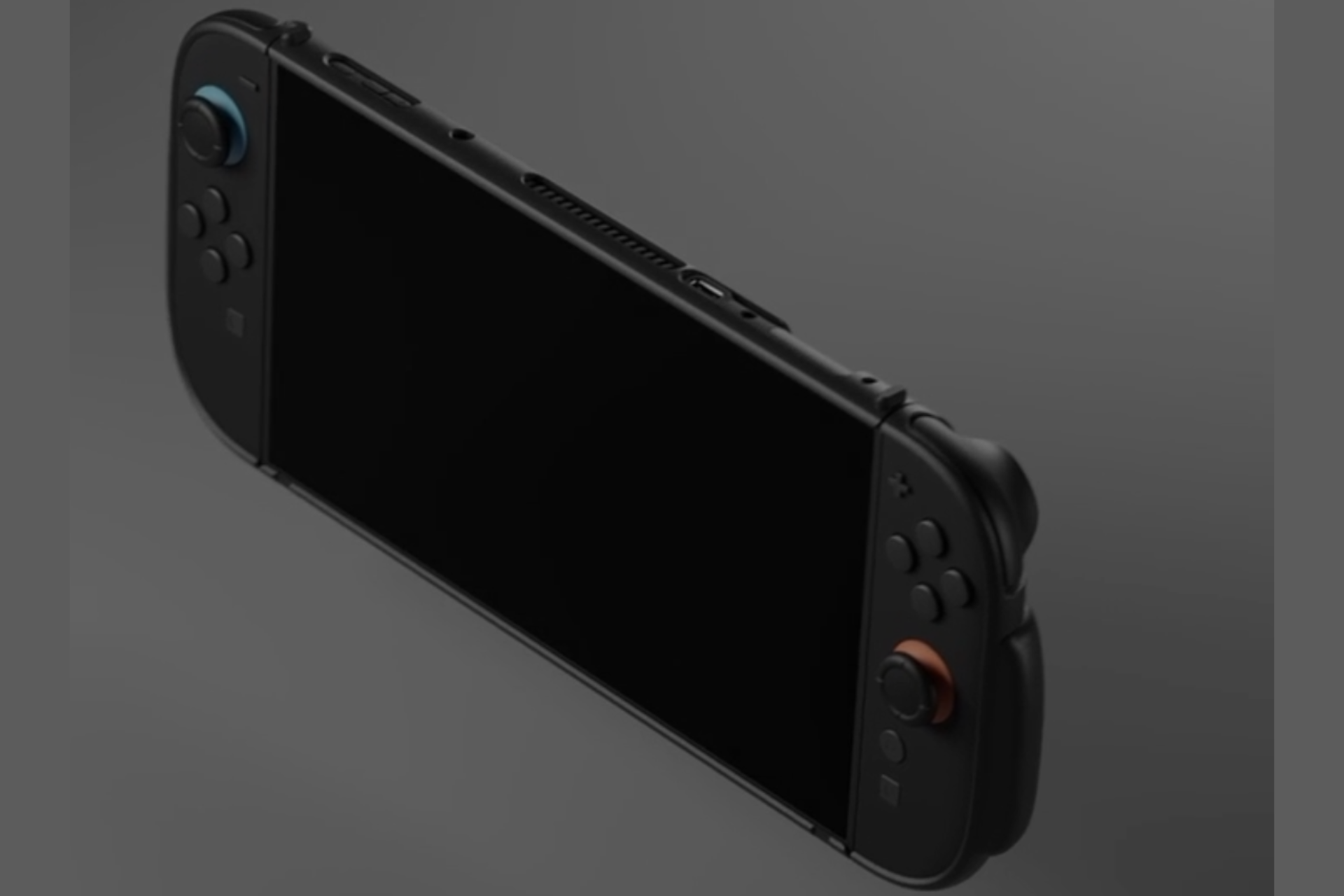FrameDeck: this functional homemade handheld console was made using laptop parts
It is fully functional, but not yet finished.
4 min. read
Published on
Read our disclosure page to find out how can you help Windows Report sustain the editorial team. Read more

Framework Computer, Inc., one of the first US-based companies to propose the electronic right to repair movement has built a prototype of a functional homemade handheld using laptop parts, called FrameDeck, in a node to Steam Deck, and a rival to it, as well.
Touted as The World’s First Open Sourced Framework Powered Handheld, the console is fully functional, and it runs the Windows 10 operating system, so far. However, the console is not yet finished, and there is still work to be done on the design, operability, and buttons.
The company captured the development of the FrameDeck handheld console, and you can watch it below. There are two parts, so take your time.
The handheld was built by Steven B., and all the documentation, including the 3D design, as well as a complete guide with step-by-step instructions are now available to check out on GitHub.
The DIY approach allowed Steven to build FrameDeck using laptop parts, especially the mainboard and battery of a Framework 13 Laptop. If you’re curious about this little beast, here are the components that it is made of, according to the GitHub documentation:
- Motherboard: Framework 13 Mainboard
- Screen: 7 inch 1200p Display+Digitizer
- battery: Framework Battery
- Wifi Card:Wifi 6
- Ram:16gb SODIMM DDR4 Ram
- SSD:M.2 NVME SSD
- Speakers:Speakers
- HDMI Ribbon Cable:Cable
- 180 Degree USB-C: USB-C Cable
- Philips Screw Kit: Screws
- Joysticks: 10K Joysticks
- Potentiometer: Potentiometer For Triggers
- Face Buttons: Kalih Choc Switches For Face Buttons
- Hotswap Socket: Hotswap Socket for Kalih Switches
- 90 Degree USB-C: USB-C Cable
- Joystick Cover: Cover
- Torsion Spring: Spring For Trigger Assembly
- Thunderbolt Extension:Tb3 Extension Cable
- Buttons:Start/Select Buttons
- USB-C Arduino Pro Micro: Arduino For Controller
The result is a handheld console that is heavier than its corporate rivals weighing 952g, while Steam Deck is 669g, and ROG Ally is 608g. However, it’s closer to Lenovo Go, when that console has its attached parts (854g), so if you’re already using it, you could basically use FrameDeck.
Why is FrameDeck important and why it could be a game changer?
Well, the company behind this cute handheld, Framework Computer, Inc., is all about sustainability, modularity, durability, and the right to repair. So, this means, that instead of buying a new device, you can just replace the parts that don’t work on your current device. It’s cheaper, kinder to the environment, and far more durable.
Plus, the company is also about improving existing devices by manufacturing and developing them in a way that they can be easily repaired, and replaced.
If the motherboard of a Framework laptop doesn’t work, customers will only have to replace the motherboard, and not the entire laptop, which is essentially cheaper. In addition, the Frameworks laptops are developed in such as way that parts of them can be replaced with newer, more powerful ones.
And the company is all about making it easier for customers to do these things on their own.
With FrameDeck being built with these points in mind, customers can easily improve it by just replacing older parts with newer ones, without the necessity of purchasing a new device. And, since FrameDeck is open-source project, it can be improved by users for users, with specific features in mind, designed to make the console better for all.
It could potentially be a game changer, and lots of people, especially those on a tight budget would be able to enjoy this console, as well.
What do you think? Do you see yourself building your own FrameDeck?









User forum
0 messages